The use of gas for domestic purposes is commonplace. Centralized gas supply not only simplifies the solution of everyday tasks, but also allows you to create comfortable living conditions. Do you agree?
But we must not forget that gas is a rather dangerous substance, and therefore it is necessary to comply with the requirements fire safety when using it. It is also important that the operation of gas pipelines and equipment meets regulatory requirements and standards, compliance which will ensure trouble-free operation and calculate the service life of certain elements of the gas systems.
But what are the main requirements and what does an ordinary consumer need to know about it? This is what will be discussed in our article - we will consider the standards used regarding gas equipment and gas pipelines, standards and service life of this or that equipment. Let's talk about how the remaining service life is calculated.
The content of the article:
- General requirements for the operation of gas facilities
-
Gas Equipment Operation Standards
- Gas pipeline maintenance rules
- Equipment operating standards
- Calculation of the remaining service life of the gas pipeline
- Conclusions and useful video on the topic
General requirements for the operation of gas facilities
Everything related to the use of gas is clearly regulated by the state. Household operation of gas communications must be carried out in strict accordance with the rules specified in the regulations approved by the government of the Russian Federation.
One of the fundamental documents is Federal Law No. 184 - Federal Law "On technical regulation". The chapters of this law define the principles of technical regulation, the procedure for conducting various kinds of routine maintenance and checking for compliance with standards, the procedure for state control over the operation of gas equipment.
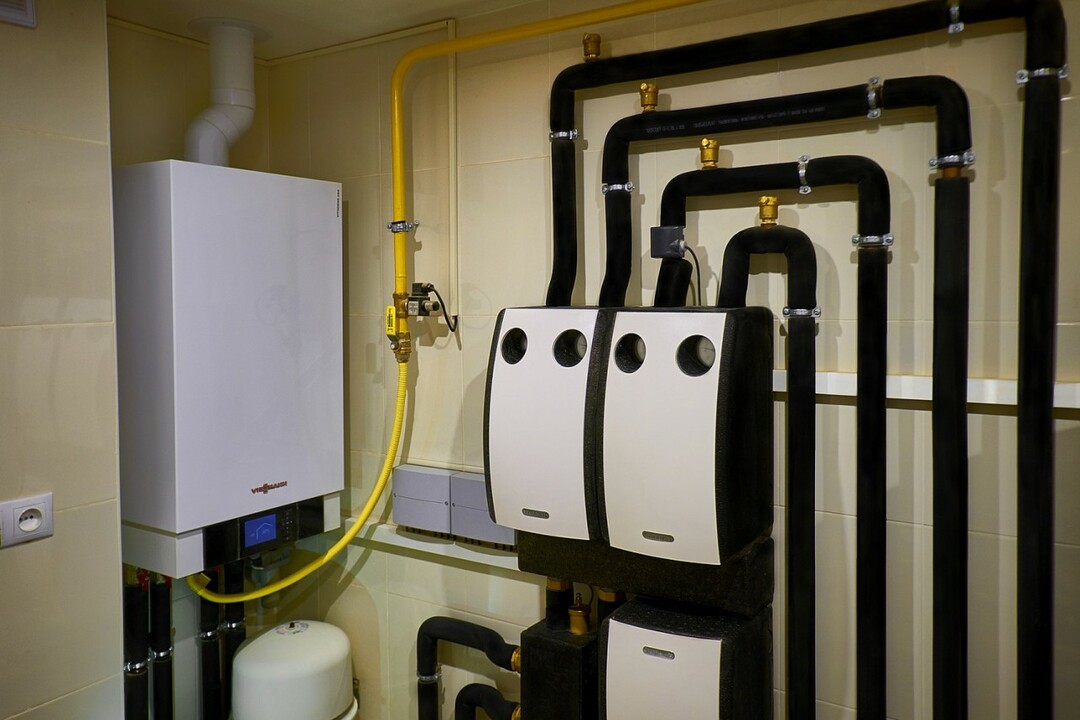
In addition to the requirements for the operation of gas equipment, there are established technical standards for gas supplied for domestic use. Its characteristics must comply with applicable standards.
Another document that gas communications must comply with is the National Standard of the Russian Federation (GOST R 54961-2012), directly considering everything related to gas distribution systems and networks. It describes in detail the general requirements and standards for the operation of gas equipment systems, the service life of gas pipelines is established.
The requirements specified in the National Standard must be observed by the persons operating the gas equipment. This applies to both legal entities and individuals, owners of private property and renting premises, residents of apartment buildings, owners of hotels, restaurants, technical industries and dr.
So, in the course of constant use of the gas pipeline and gas equipment, it is necessary to perform the following types of work:
- Maintenance;
- current and major repairs in accordance with the plan;
- emergency recovery repairs in case of disruption of the stable operation of the gas supply system;
- work on shutdown and dismantling of unused gas systems.
Work with gas equipment must be carried out in strict compliance with all safety requirements and recommendations, specified in the technical documentation, which are developed in accordance with the operating features of each individual system gas supply.
It should be noted that in apartment buildings such processes as commissioning, reconstruction of gas supply systems and decommissioning should be provided by special organizations accredited to carry out this kind of works.

Everything related to gas distribution networks operated in production (operation, maintenance, repair and liquidation) regulated by the Federal Law "On Industrial Safety of Hazardous Production Facilities" (N116-FZ) and technical regulations. They regulate the use and security of gas distribution networks
Residents of residential and apartment buildings, as well as in public and administrative buildings in which the gas supply system is installed, must have the following documents:
- executive and design documentation for the construction of gas networks;
- the act of acceptance into operation of the gas consumption network;
- permission to start up gas equipment and put gas networks into operation.
If these documents are lost, their restoration is carried out by visual inspection, actual measurements and technical surveys, which will allow you to obtain complete information on the operated gas equipment and pipelines.
Gas Equipment Operation Standards
In order to prevent accidents, a standard set of measures has been developed in order to provide early warning of malfunctions in gas supply systems - Maintenance.
This term means a system for monitoring and ensuring the technical condition of the gas pipeline system in accordance with the standards; systematic cleaning and lubrication of components; adjustment, calibration and metrological verification of measuring elements, elements that support the operability and serviceability of gas pipelines, equipment and the gas system as a whole.
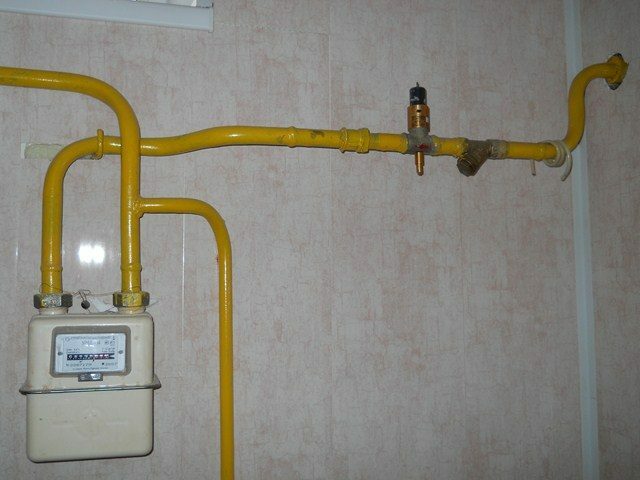
When cleaning, it is enough to clean the gas pipelines from dust accumulation once a week. This will help the owner of the apartment to monitor the condition of the pipes, allowing timely identification of the occurrence of wear and other defects.
The complex of technical works for the maintenance of gas equipment directly includes:
- checking the tightness of the gas pipeline connecting elements, instruments and equipment in order to prevent gas leaks;
- inspection of valves;
- checking the automatic actuation of safety regulation devices and safety devices;
- checking ventilation systems in the room;
- checking the electrical lighting of the premises;
- system check gas leak alarm;
- checking free access of clean air for gas combustion;
- verification of compliance of gas pressure parameters in all operating modes;
- cleaning the system from possible contamination;
- measurement of electrical potentials on gas pipelines and verification of their compliance with established standards.
All activities should be carried out in accordance with the schedule, which is approved in advance for each quarter of the year.
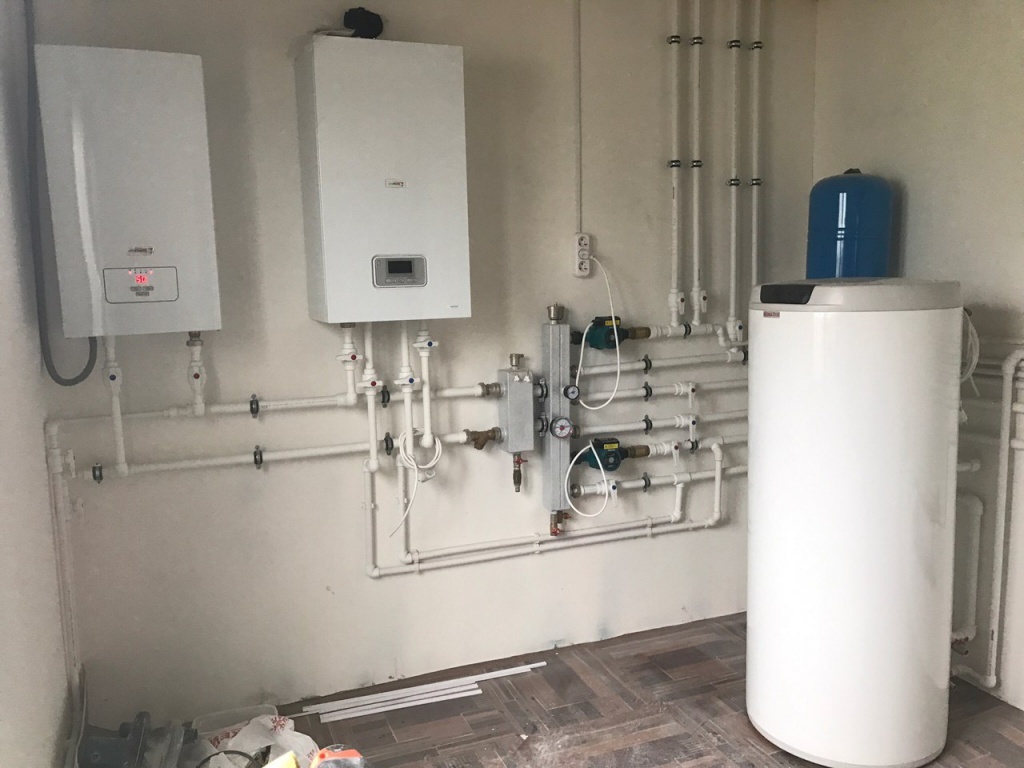
The use of gas equipment in an apartment is prohibited in living rooms and corridors. The places where the gas equipment is located must be provided with a means of ventilating the room
Gas pipeline maintenance rules
For the maintenance of gas pipelines, general standards have been developed depending on the location of the gas pipelines: internalthat are inside buildings, and externallocated in basements, attics, special rooms.
And also depending on the material from which they are made - steel, copper or metal polymer.
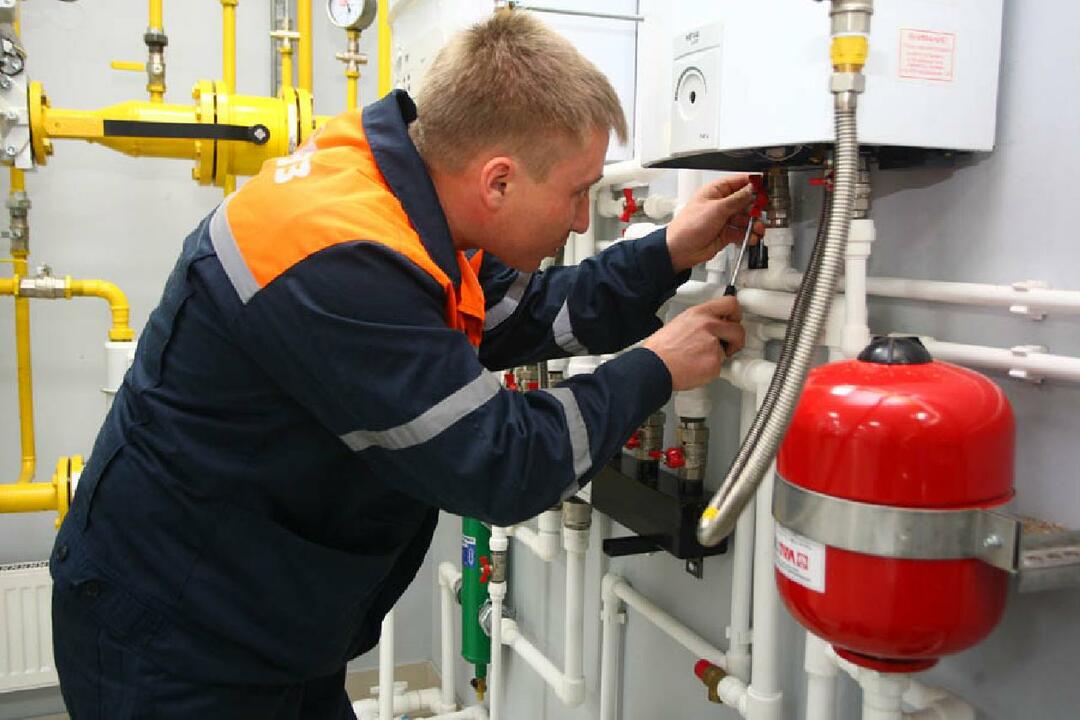
Maintenance of gas pipelines is considered hazardous work. Therefore, they should be carried out only by experienced specialists who have permission to perform such work.
Maintenance of external gas pipelines
When servicing external gas pipelines, the following work must be performed:
- check for gas content in basements, wells, underground and attic structures, control pipes;
- monitoring the state of the integrity of the system - identifying a possible gas leak using special devices or by external signs;
- checking the condition of wall signs;
- cleaning and removing dirt and water from carpets;
- gas pressure measurement;
- cleaning condensate traps from the formed condensate.
If gas contamination is detected in the basement of any building, it is mandatory the basements of buildings and structures, the first floors of buildings without basements within a radius of 50 meters from the site are examined gas detection.
Inspection of steel pipelines
Maintenance of gas pipelines made of steel consists of a number of works.
So, the check order is as follows:
- Reconciliation of the compliance of the actual conduction of gas pipeline systems with their design documentation.
- Checking the freedom of access to openly laid gas pipelines inside the premises.
- Checking the tightness of all used connections on gas pipelines when connected to devices (meters, manometers), connections to gas appliances for gas leaks.
- Verification of suitability for the field of application flexible sleevesthat are used to connect gas equipment to the gas pipeline and their condition.
- Checking the ease of operation of shut-off valves, discrepancy and restoration of its performance.
- Checking the gas leak alarm means.
- Checking the health of the gas meter.
It is worth noting that checking the tightness of the gas pipeline connections with devices and instruments should be carried out with using a special device or a foaming solution, which will visually foam in places with impaired tightness.
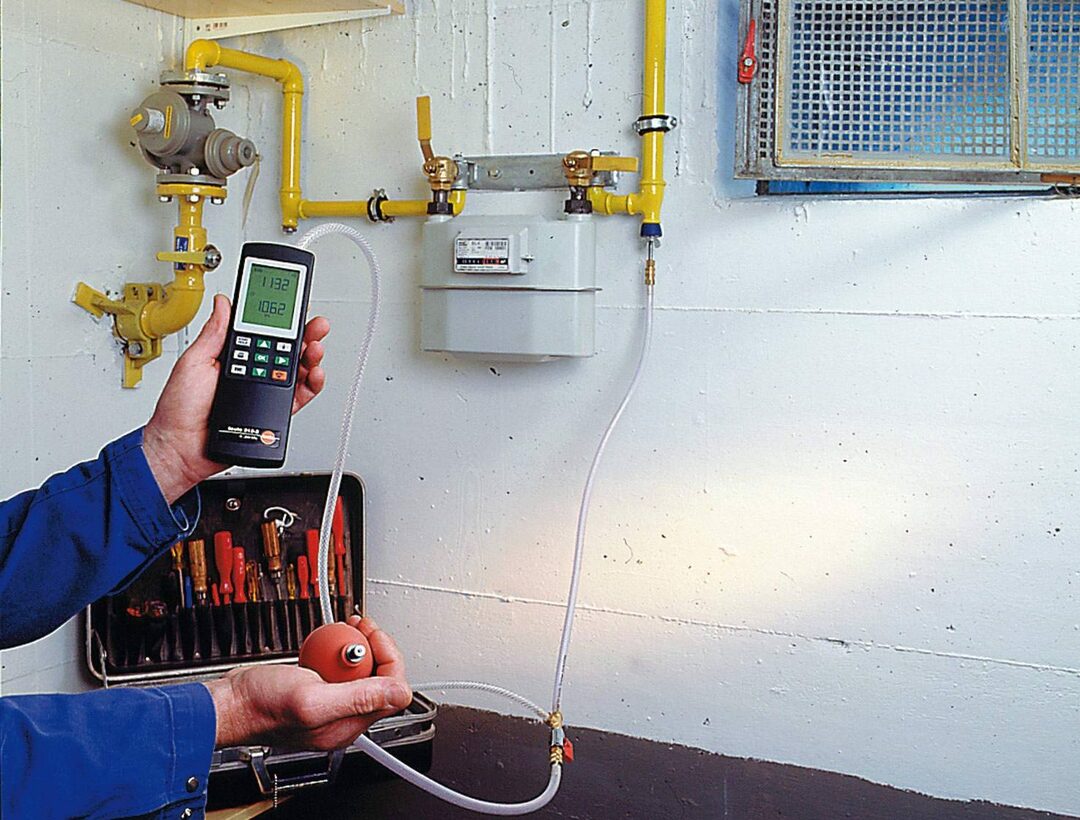
The presence of a gas leak can be determined independently by the appearance of a characteristic odor or hiss (whistling) of the escaping gas under pressure. You can also determine the place of the breakthrough with an improvised means: apply a soapy solution to the pipe - foam will form at the place of the breakthrough
Maintenance of copper gas pipelines
To perform the maintenance of copper gas pipelines, in addition to the above works from 1 to 7 points, the standard establishes the following measures:
- Checking the condition of fasteners and pipes in open areas for mechanical damage.
- Check the plan of the hidden gas pipeline with the owner of the premises.
- Inspect the condition of the walls in areas where the gas pipeline is hidden.
If during the maintenance it is revealed the need to replace the pipe section, fasteners, fittings, shut-off valves, then the gas pipeline must be repaired.
It is carried out no later than one day after submitting an application for repair, or immediately in case of malfunctions that may endanger the safety of residents of the house.
Inspection of metal-polymer gas pipelines
When servicing metal-polymer gas pipelines, all the work for steel and copper gas pipelines specified above is performed. In addition to them, a check is added at the points of wiring through the internal structures of the building of the protective compartments of gas pipelines and fire bulkheads.
Equipment operating standards
The operation of gas supply systems must be carried out in accordance with the established operating standards. In the event of a violation of the periodicity of maintenance, calibration of devices, irreversible consequences may occur that lead to accidents and explosions.
The frequency of checking gas equipment is usually set by the manufacturer. However, in the event of a discrepancy between the deadlines, one should be guided by the period established by the National Standard of the Russian Federation.

Installation of gas equipment. The following hazard classes have been established for gas distribution networks: Class 2 - for hazardous production facilities transporting gas under pressure over 1.2 MPa; Class 3 - for all other hazardous production facilities
So, maintenance of household gas stoves, convectors and water heaters with a used thermal power of up to 30 kW should be carried out at the following frequency:
- term of use up to 15 years - according to the technical requirements of the manufacturer, or once every three years;
- the term of use is more than 15 years - once a year.
It should also be remembered that faulty equipment cannot be used - jokes with gas are bad. To protect yourself, we also recommend that you familiarize yourself with the information about the service life of the gas stove.
The same requirements apply to heat generators with a capacity of less than 50 kW. If the above capacity is exceeded, maintenance must comply with the requirements manufacturing enterprise, and in their absence - every year, regardless of the time of operation equipment.
Heating sectional boilers must undergo maintenance at least once a year from the very beginning of operation, unless otherwise specified in their technical documentation. We talked in more detail about the maintenance of gas boilers in this article.
Maintenance of gas stoves used in food processing units of enterprises, cookery, restaurants and other places of public catering, as well as grills and mini-bakeries should be carried out once a year if there is no instruction in their technical documentation to carry out maintenance more often.
It should be noted that seasonal equipment, if there are relevant requirements in the technical documentation, should be disconnected from the gas supply system with the installation of plugs on the gas pipelines at the end of the heating season.
Maintenance of gas pipelines and gas supply systems to apartment buildings and other buildings and structures must be carried out at least once within three years.
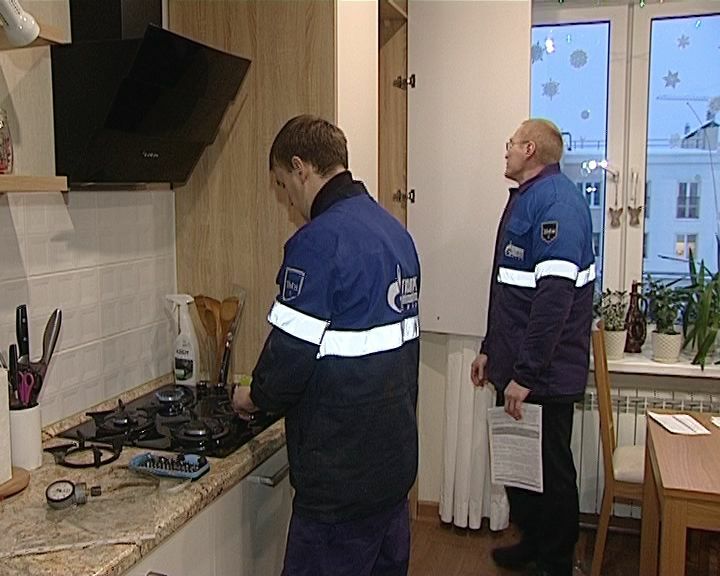
Persons appointed by the service company to bypass gas pipelines must have route maps with a detailed diagram gas pipeline routes, the location of gas communications and electrical protection systems, a plan of wells and basements of buildings subject to verification. All route maps must be verified after the end of the calendar year.
Calculation of the remaining service life of the gas pipeline
Despite the normatively established service life of the gas pipeline, which is at least 40 years, with maintenance, an assessment of the technical condition is necessarily carried out - it corresponds to the real time service. This is done by comparing the actual measured values with the specified critical values for the limit state parameters.
The service life is greatly influenced by:
- location of gas pipelines - carried out in the ground, located in basements and apartments;
- climatic conditions - high humidity, high or low temperatures, distance from the sea.
In addition to these natural phenomena, the physical and mechanical properties of gas pipes, as well as the state of their connections, are influenced by other factors that arise at different time stages of operation. We talked more about the service life of gas pipes in next publication.
A decrease in the service life of a gas pipeline can be influenced by:
- making mistakes in the design of gas pipeline networks;
- low quality of work performed during their implementation;
- the use of materials that do not meet corrosion resistance standards;
- low efficiency of electrochemical protection;
- carrying out current repairs in violation of the established norms.
As a result, the service life of the pipeline can be significantly reduced. The legislator has developed many formulas that can be used to calculate the remaining service life of a gas pipeline.
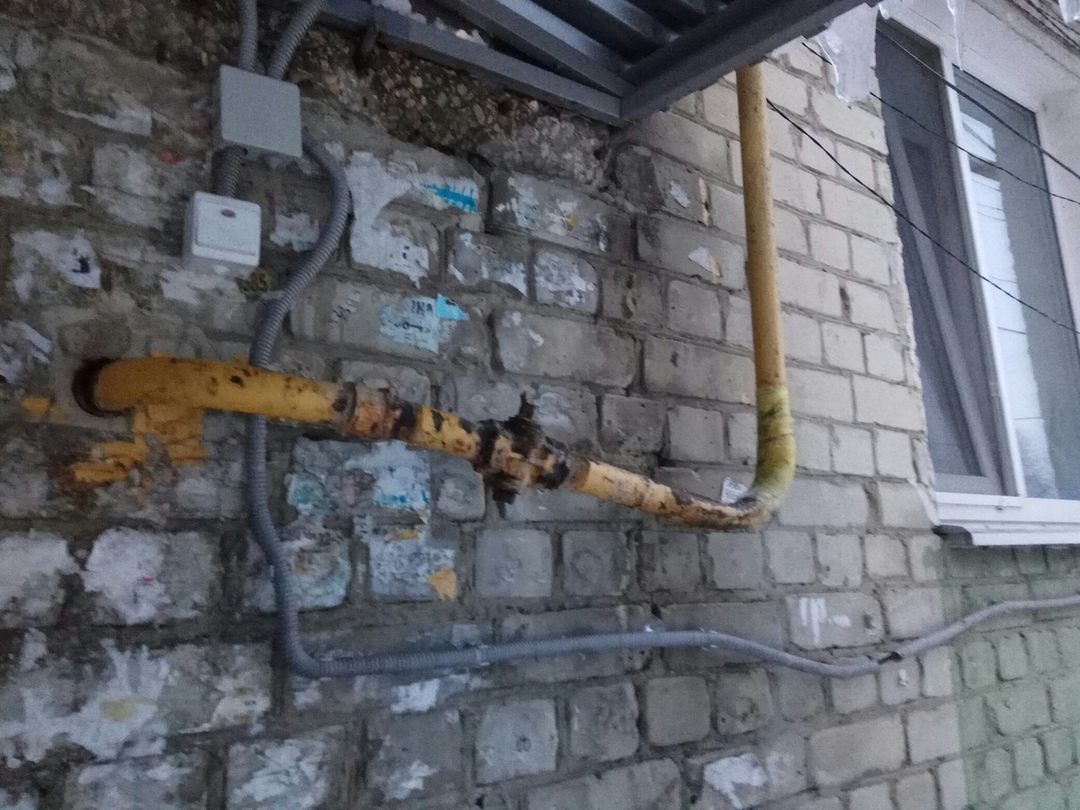
If an emergency state of the gas pipeline is detected, you must immediately contact the service department of the gas supply company or in the future contact the Management Company. If the problem cannot be solved, then you should contact Rospotrebnadzor, the Ministry of Emergency Situations, the fire supervision service and the prosecutor's office.
There are several parameters, changing which leads to a decrease in the service life:
- Efficiency of the electromechanical protection, which is carried out by checking the level of protection of the gas pipeline in time and in length.
- Insulation condition. The criterion for the peak state is considered to be through and continuous damage. The assessment of the condition is determined based on changes in the parameters of the appearance of the coating, the type and material of insulation, the presence of damage on the coating.
- The degree of corrosion damage to the metal. This is the presence of through damage or residual wall thickness, which does not allow further operation of the gas pipeline. The calculation results further influence the repair method.
- Quality of welded joints. In case of damage or detection of a gas leak, the joint is subject to immediate inspection by non-destructive testing methods.
- Physical and mechanical properties of metal. Identification of possible degradation changes, such as a decrease in plasticity, a decrease in toughness. The determination of these parameters is carried out by means of calculations and, depending on the deviation from the permissible values, the need for replacement is allowed.
The calculation of the residual service life is carried out by the operating organization, which conducts technical diagnostics and assesses the compliance of the technical condition of gas pipelines from the beginning of operation until the moment when 30 years have passed. The frequency of calculations and assessment is every five years.
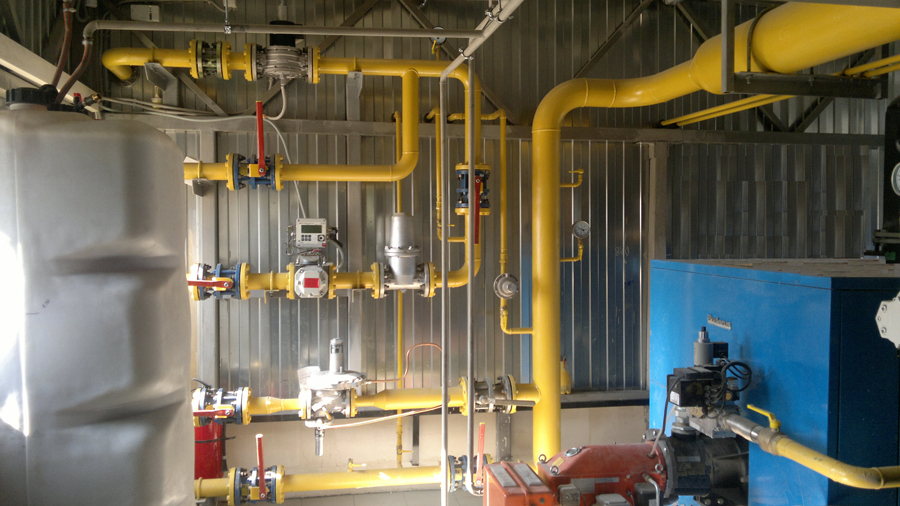
The maximum life of pipes for gas pipelines is 40 years. It was calculated for pipes made of mild steel while maintaining average climatic conditions: temperature +20 degrees, air humidity 60%. Failure to meet these conditions significantly reduces the service life of gas pipelines
When defining a gas pipeline as workable its further exploitation is permitted. At partially inoperative it is necessary to carry out additional technical diagnostics, which will reveal the maximum life of its operation.
When determining the state of the gas pipeline as ultimate - it is necessary to appoint a major overhaul or its reconstruction.
Conclusions and useful video on the topic
This video presents the procedure for servicing gas equipment and gas pipelines in apartment buildings
An interesting video about the features of the operation of gas pipelines:
Standards and norms for the operation of gas equipment and pipelines have an important place in the system of ensuring the household needs of the population. Since both industrial and domestic gas handling is explosive, compliance with all regulations and the fulfillment of operational requirements is, first of all, a guarantee of prevention of emergency situations.
If you have recently encountered the issue of maintenance of gas-using equipment or carried out in your home checking the condition and evaluating the performance of gas communications - tell other visitors of our experience about this experience site. The feedback form is located below.


